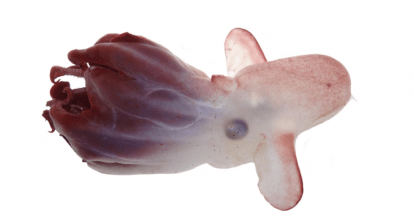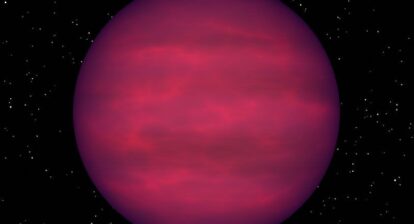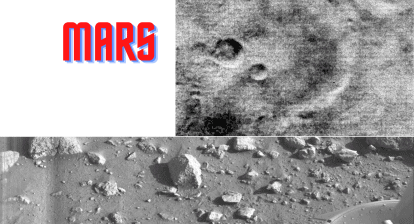This image shows a variety of wind-related features near the center of Gamboa Crater on Mars. Larger sand dunes form sinuous crests and individual domes.
There are tiny ripples on the tops of the dunes, only several feet from crest-to-crest. These merge into larger mega-ripples about 30 feet apart that radiate outward from the dunes. The larger, brighter formations that are roughly parallel are called “Transverse Aeolian Ridges” (TAR). These TAR are covered with very coarse sand. (More details are described in a paper by Day and Zimbelman.)
The mega-ripples appear blue-green on one side of an enhanced color cutout while the TAR appear brighter blue on the other. This could be because the TAR are actively moving under the force of the wind, clearing away darker dust and making them brighter. All of these different features can indicate which way the wind was blowing when they formed. Being able to study such variety so close together allows us to see their relationships and compare and contrast features to examine what they are made of and how they formed.
The map is projected here at a scale of 25 centimeters (9.8 inches) per pixel. (The original image scale is 29.8 centimeters [11.7 inches] per pixel [with 1 x 1 binning]; objects on the order of 89 centimeters [35.0 inches] across are resolved.) North is up.
The University of Arizona, in Tucson, operates HiRISE, which was built by Ball Aerospace & Technologies Corp., in Boulder, Colorado. NASA’s Jet Propulsion Laboratory, a division of Caltech in Pasadena, California, manages the Mars Reconnaissance Orbiter Project for NASA’s Science Mission Directorate, Washington.
Credit
NASA/JPL-Caltech/University of Arizona






